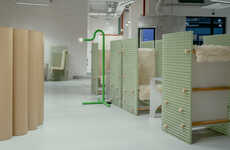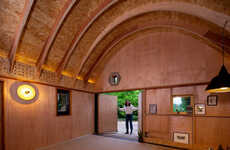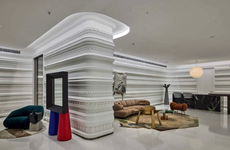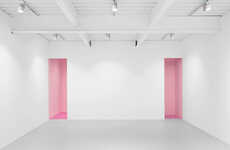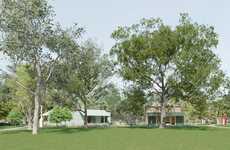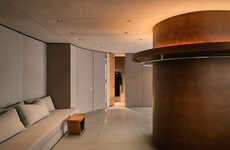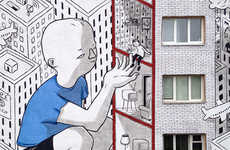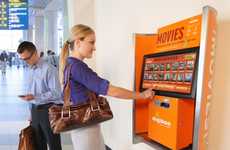
This Single Gallery Looks Like Different Buildings from the Exterior
Christopher Magsambol — October 8, 2015 — Art & Design
References: wallpaper
When discussing art exhibits, rarely does the gallery facade or exterior garner as much interest as the pieces featured inside. The Newport Street Gallery however, challenges this notion by utilizing almost an entire row of buildings to create one unified interior space. From the outside, the gallery facade is rather mundane and lackluster, but most people are unaware that these seemingly different buildings create a collaged exterior for an art exhibit.
Once inside, the expansive studio is a large and unified space. Plain white walls cover the perimeter of the gallery with cement floors throughout. Engineered brick staircases connect the dual level studio. The gallery will also have an aptly themed pharmacy-style cafe that opens next year, perhaps referring to the building's deceptively unimpressive exterior.
Once inside, the expansive studio is a large and unified space. Plain white walls cover the perimeter of the gallery with cement floors throughout. Engineered brick staircases connect the dual level studio. The gallery will also have an aptly themed pharmacy-style cafe that opens next year, perhaps referring to the building's deceptively unimpressive exterior.
Trend Themes
1. Collaged-facade Design - Using different buildings to create a unified exterior for art exhibits presents opportunities for innovative and visually striking architectural designs.
2. Interconnected Interior Spaces - Creating a large and unified space within a row of buildings allows for unique and customizable gallery layouts, enhancing the overall viewing experience for visitors.
3. Integration of Art and Architecture - Blurring the lines between art and architecture by incorporating the gallery facade as part of the artwork itself can lead to immersive and engaging exhibition experiences.
Industry Implications
1. Art Galleries - Art galleries can explore the use of collaged-facade designs to attract attention and create a distinctive visual identity for their exhibits.
2. Architecture and Interior Design - Architects and interior designers can explore the concept of interconnected interior spaces to create dynamic and flexible environments for various purposes, including art exhibitions.
3. Cafes and Hospitality - Cafes and hospitality businesses can consider incorporating unique and themed spaces within their establishments, such as the pharmacy-style cafe in the Newport Street Gallery, to provide memorable experiences for their customers.
1.2
Score
Popularity
Activity
Freshness

